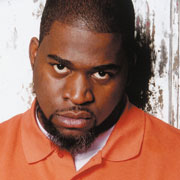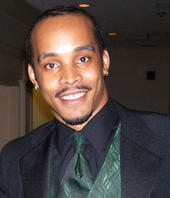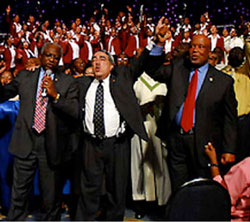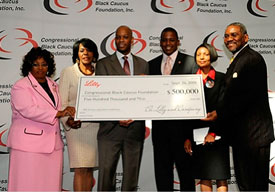Oakland asks court to approve anti-gang ‘safety zone’
By Kelly Rayburn
Oakland Tribune
http://www.mercurynews.com/breaking-news/ci_14426892?source=rss
 OAKLAND — The city asked a court Thursday to grant an injunction against a North Oakland street gang officials said was responsible for repeated drug sales, robberies and homicides.
OAKLAND — The city asked a court Thursday to grant an injunction against a North Oakland street gang officials said was responsible for repeated drug sales, robberies and homicides.
The request for an injunction against the North Side Oakland gang is intended to prohibit the gang’s members from conducting certain activities — such as associating with one another in public or carrying items that can be used for graffiti or vandalism — in a roughly 100-block “safety zone” in North Oakland that stretches to the city’s borders with Emeryville and Berkeley.
It drew the opposition of the American Civil Liberties Union and the Lawyers’ Committee for Civil Rights even before it was filed over concerns that such injunctions infringe on individuals’ civil liberties. City Attorney John Russo said his legal team was careful to craft the lawsuit in a narrow way that protects civil liberties but will put a dent in the gang’s operations.
“They have terrorized our community, intimidated witnesses, and recruited young people and children to their criminal enterprise,” Russo said. “They are part of the malevolence that has crippled our city for decades and continues to hold Oakland back today.”
Police Chief Anthony Batts, who like Russo said injunctions were not a silver-bullet solution to crime in Oakland, did say he expected the action would make the area in North Oakland safer for law-abiding residents.
“What we’re doing today is giving our streets back to the good citizens that live there,” Batts said.
Officials said they intended to replicate the anti-gang tactic in other parts of the city. The portion of North Oakland in question was selected largely because of the work done by the area’s problem-solving police officers to document the gang’s activity, officials said.
Oakland is following the lead of Los Angeles, San Francisco and other cities in pursuing a gang injunction. Oakland tried the tactic once before in 1994, hoping to ban 18 members of a gang from a seven-block area of Elmhurst.
A judge tossed out the city’s request, but that was before the state Supreme Court weighed in on gang injunctions in 1997, upholding their legality. Russo said there were no legal problems with the city’s move this time.
Jory Steele, the ACLU of Northern California’s managing attorney, and Kendra Fox-Davis, a staff attorney with the Lawyers’ Committee for Civil Rights, wrote Russo’s staff a letter Feb. 9 saying they did not have enough information on Oakland’s request for an injunction to offer an evaluation of it. The letter did say both organizations oppose “gang injunctions in any form.”
Steele said Thursday that the ACLU is “deeply concerned about the violence in Oakland” but that gang injunctions “are not the best or even an appropriate way” to confront the problem.
Rashidah Grinage, director of PUEBLO, a police watchdog group in Oakland, also voiced opposition, saying that if police have as much information on the gang members’ activities as they say they do, regular policing methods should work.
“I just don’t see the need for the injunction if they have all this knowledge,” she said. “If they know who the players are and they know where they operate, then regular police work would appear to be proficient to arrest them.”
Should the court impose the injunction, violations of it would be considered contempt of court, which is punishable by fines of up to $1,000 and six months in jail, Russo’s office said. Still, Grinage said an injunction temporarily may drive away gang members from one piece of turf but won’t do much else.
“All you’re going to do is displace them from one place to another,” she said.
Don Link, who lives in the “safety zone” and is chair of the Shattuck Neighborhood Crime Prevention Council, doesn’t think so. He counted 12 homicides in Berkeley and North Oakland in a recent nine-month period as rival gangs fought. The way he sees it, gang members don’t travel too far for fear of running into danger by entering another gang’s territory.
“What’s going to happen is their home turf is no longer going to be available to them, and anywhere else they go is potentially very dangerous,” Link said.
Return to Davey D’s Hip Hop Corner





















